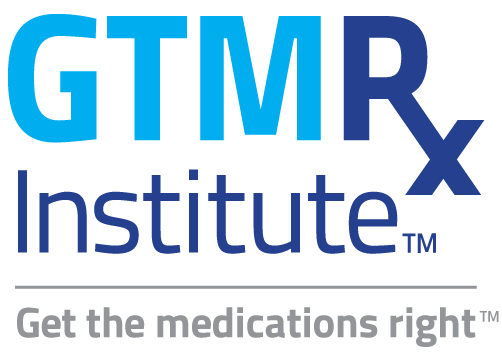Practice Transformation
As health care costs consume nearly a fifth of the U.S. GDP, policymakers, payers and consumers are looking to technology and other innovations to “deliver the right amount of care, at the right time, in the right place, for the right price.” Targeted, more effective cancer therapies and use of analytics should reduce marginal costs. Non-traditional partnerships with organizations that can enhance data efficiency, innovation and insight—like those focused on data and tech—could provide the innovation to produce better care at a lower costs. (Fierce Healthcare)
Cigna Ventures aims to find technology solutions to enhance personalized medicine for Cigna’s customers, and it’s investing in GNS Healthcare to boost its capabilities. GNS is a machine learning tech company focused on precision medicine. GNS’s artificial intelligence platform is designed to analyze how an individual patient responds to a treatment, which could, in turn, result in better outcomes and reduce the total cost of care. (Forbes)
Evidence & Innovation
More than 39 million have died from HIV, but scientists last week announced success in removing the DNA from infected mice cells without damaging other cells. The technique uses a combination of gene editing therapy and drugs to remove HIV DNA from cells. Human trials of the breakthrough technique, which has the potential to cure the HIV infection in humans, will begin within the year. (The New Daily; New Scientist)
In a recent address, Scott Gottlieb, former commissioner of the Food and Drug Administration, discussed how the agency had to rewrite the rules for drug approvals in light of breakthroughs in gene and molecular therapies. Gene therapy, for example, required a closer look at safety around the manufacturing process than traditional clinical aspects of FDA review. Targeted medicine required a framework for looking at a range of trails rather than a single drug trial. Regulating innovations like artificial intelligence, digital health tools and nest-generation sequencing will require a whole new mindset to ensure clinical development and innovation continue to expand. (Drug Topics)
Policy Solutions
There’s a chance for a cure for toddler Daryn Sullivan’s spinal muscular atrophy, but the clock is ticking to appeal a health plan denial for the $2.1 million treatment she needs before her second birthday. The break-through therapy promises to replace a defective gene with a healthy one, but Daryn’s case doesn’t fall within the parameters UnitedHealthcare says it will cover. As one-time curative gene therapies enter the market, health plans are struggling to write coverage guidelines that are fair, ethical and evidence-based. (Washington Post)
The Food and Drug Administration has adopted flexibility in clinical design to speed approvals of therapies for more rare, tough-to-treat diseases, but the industry is lagging in the expertise needed to get regulatory approval, according to Dr. Janet Woodcock, director of the FDA’s Center for Drug Evaluation and Research. While FDA approval criteria is becoming more flexible, that doesn’t mean health plans are rubber stamping payment for approved drugs, however. Insurers are carefully evaluating treatment effectiveness for certain patients and setting their own rules for who gets coverage for high-priced treatments—and who does not. (FiercePharma)
Coming soon: Focus On calls for members
The GTMRx Institute is now more than 330 members strong! Our workgroups are forming, education opportunities are growing and we’re raising awareness with key stakeholders. Stay tuned for more information about joining brief, weekly “Focus On” membership calls designed to keep you up to date on our activities. Join us today if you are not already a signing member.

